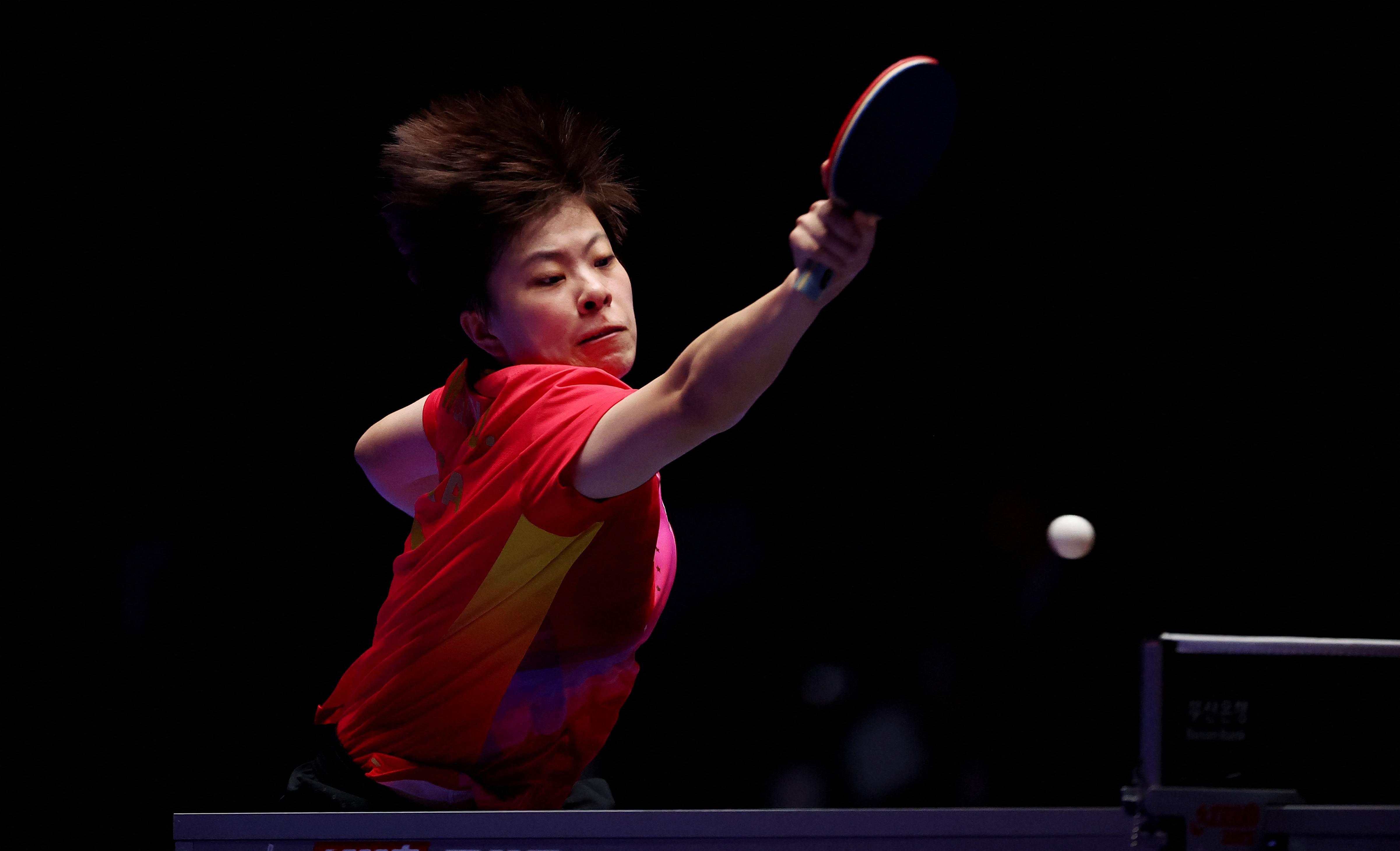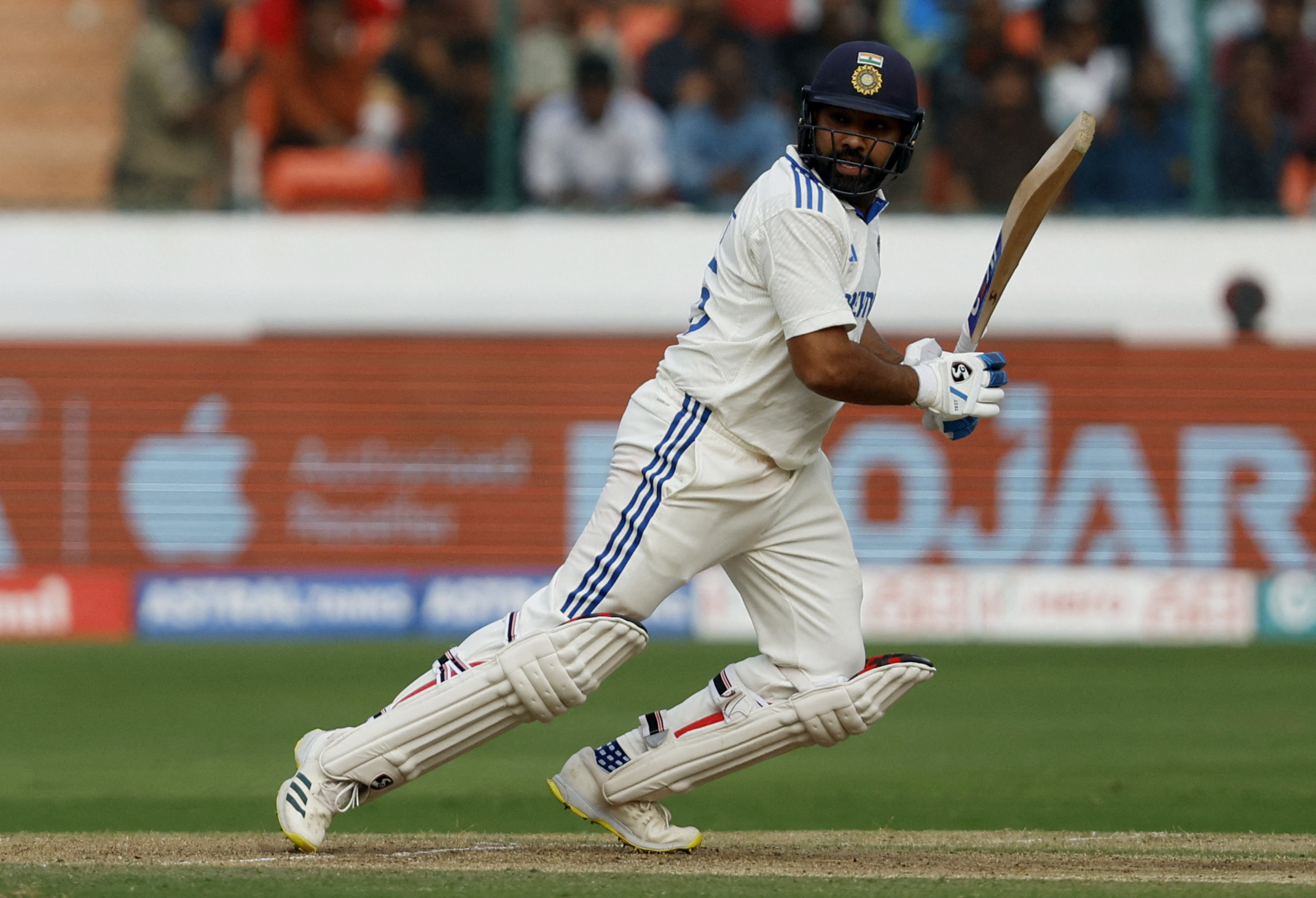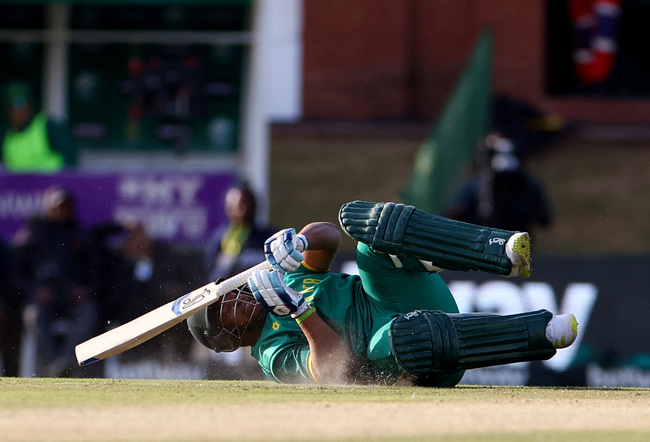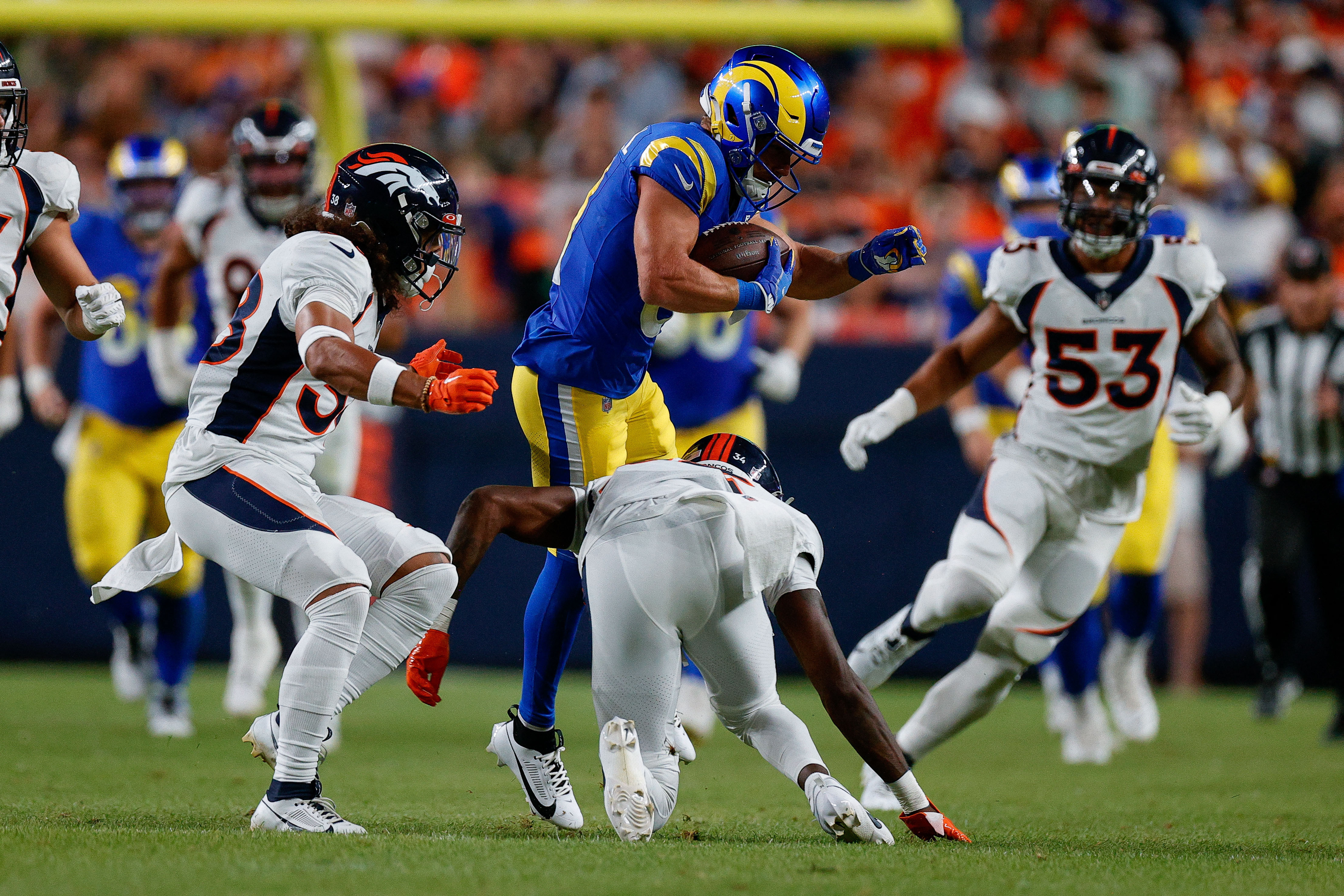You are viewing 1 of your 1 free articles
The young and reckless: the influence of age on sports injury

While increasing age increases overall injury risk in athletes, clinicians may misinterpret that fact and ignore the injury risk in the young(1). Indeed, older athletes (30 years or greater) need careful management due to longer recovery needs. However, increasing maturity is not the only way age is an injury risk factor(2). Injury profiles differ between adult and youth athletes, thus showing their susceptibility to different types of injury.
Comparing adult professional and u19 academy-level rugby league players (see figure 1) shows that the burden of shoulder injury is almost double in younger players and youth players lose nearly six times more training days to concussion. This statistic suggests that players might not have sufficient shoulder and neck strength to cope with repeated collisions at this age. An appropriate intervention strategy might be to emphasize upper-body strength training in this group.
On the other hand, adult players have a higher burden of hamstring and knee injuries than youth players. Because of their size and age, they may experience more fatigue and delayed recovery time. Training or playing under fatigue decreases neuromuscular control and increases injury risk(3). On this basis, the data could suggest that adult players need careful monitoring of their fatigue level and recovery status.
Figure 1: Injury risk profile of youth and adult rugby league players(4,5)

Injury data of adult professional and u19 academy-level rugby league players presented as days lost to injury per 1000 hours of exposure.
The effects of age on injury risk profile are not just evident between adults and adolescents. A closer look reveals that risk profiles change on a yearly basis as athletes move through adolescence. A multi-center study examined the injury profiles of elite youth soccer players aged 13 to 18 over four years(6). The analysis showed an expected increase in injury incidence and burden as players got older, probably due to increased training volume in the more senior years (see figure 2). Beyond the overall increase in injury burden, there were again differences in injury profile across ages. Older players (aged 16, 17, and 18) were more susceptible to overuse and sprinting injuries. Younger players tended to suffer less from joint and muscular injuries but were more vulnerable to bone stress and growth plate injuries.
Figure 2: Risk matrix by age group*

How often players were injured (incidence) and how many days of play were lost due to injury (severity) of an elite youth soccer academy(6). *Adapted from Br J Sports Med. 2020 Dec 23;bjsports-2020-103430.
A similar study in a group of English academy soccer players tried to establish if the risk factors for injury were different for players at different ages(7). This study showed that differences in physical maturation status significantly affected injury risk in 13 to 14 year old players(7). Maturation status also seems to be an essential factor for female soccer players. In a group of 4556 female soccer players between 12 and 17, those older than 14 experienced twice the risk of an ACL injury(8). The adolescent growth spurt in female footballers results in a larger body but leaves them with decreases in strength and power relative to their body mass(9). This means that in the years following their growth spurt, female players are effectively weaker than they were before the growth spurt. Without awareness of this age-specific problem and appropriate strength and conditioning training, girls will remain vulnerable to injury.
Understanding maturation
Human growth and maturation follow a fairly predictable pattern. Immediately after birth, humans enter a period of rapid growth for the first two years of their life. After that, growth rates become more constant before rapidly increasing again at the onset of puberty. Following this growth spurt, growth rates slow to a stop, at which point individuals have reached their adult height. The adolescent growth spurt tends to occur approximately two years earlier in males than females (see figure 3). The onset of the growth spurt in males has notable physical effects like increases in muscle mass and related increases in strength and power.Figure 3: Differences in the onset of growth spurts in boys and girls*
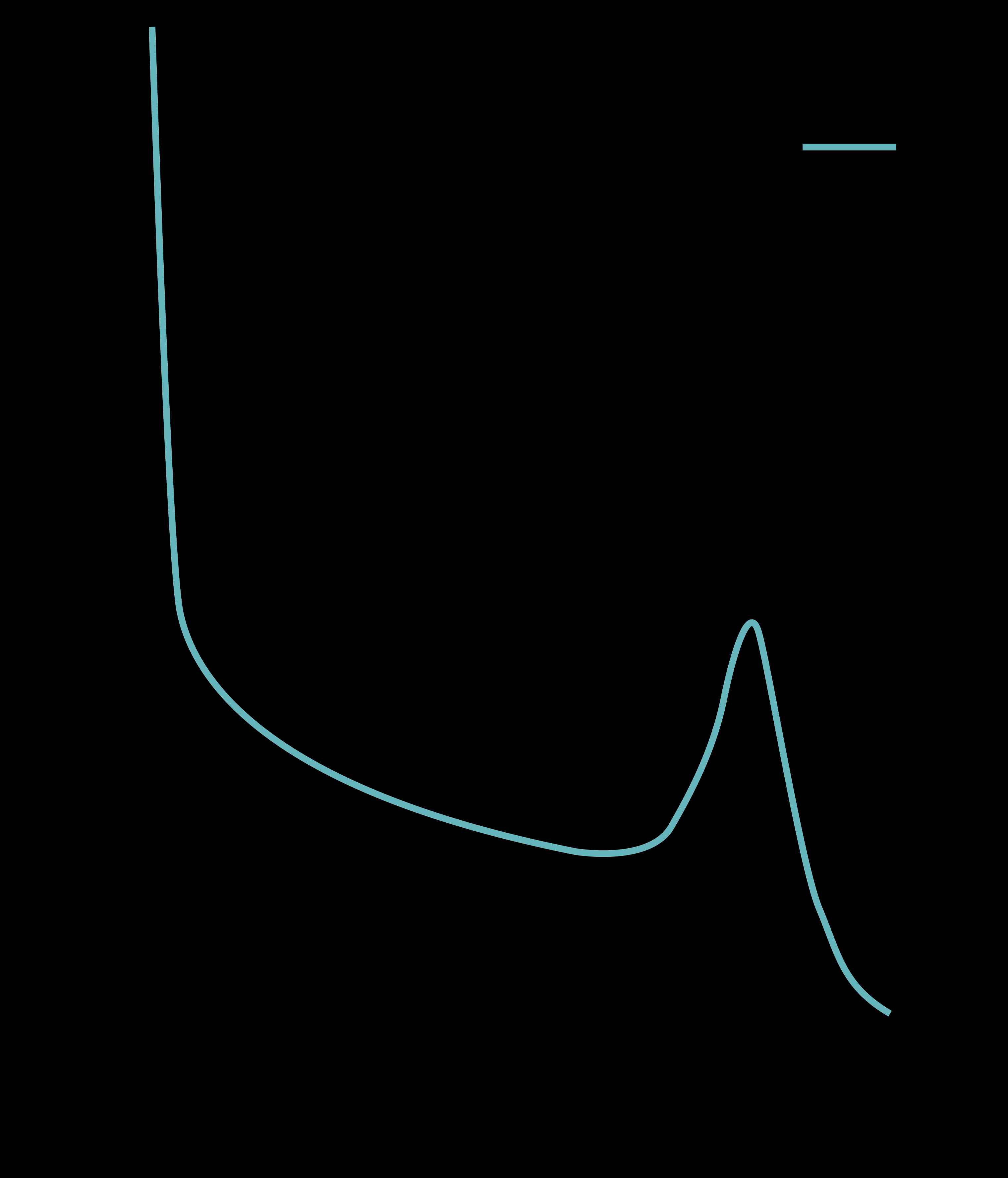
Girls tend to start adolescent growth earlier than boys. *Adapted from Malina, R.M., Bouchard, C. and Bar-Or, O., 2004. Growth, maturation, and physical activity. Human kinetics.
A significant challenge for those coaching or supporting youth athletes is that the adolescent growth spurt’s timing is highly variable between individuals – it can occur up to two years on either side of the expected onset. This variation can lead to mismatches between athletes of the same chronological age where one is relatively mature and the other relatively immature (see figure 4). It also complicates training prescriptions because athletes training together in the same age group may have differing maturity status and will be more or less equipped to tolerate different training loads.
Figure 4: Growth variability among adolescents*

Children of the same age start their adolescent growth at different times. Therefore, youth on age-based teams may exhibit different skeletal and developmental maturity. *Adapted from Lloyd, R. S., et al. (2014). "Chronological age vs. biological maturation: implications for exercise programming in youth." J Strength Cond Res 28(5): 1454-1464.
Awareness of the effect of age on an athlete’s injury risk should inform the design of injury prevention programs. While many sports associations recommend sport-specific injury prevention programs, few have gone as far as producing age-specific versions of these programs. Two notable exceptions are the Fifa+ Kids program for soccer, and the World Rugby Activate Program, available in u15, u16, u18, and adult versions. In sports where resources like this are not available, coaches and sports medicine staff must use their experience and knowledge of development to tailor injury prevention programs for their athletes.
Case Study
A former national team coach recently discussed his preparations for a rugby league World Cup tournament. Two years before the tournament, he identified potential players for the team. With a small pool of talent to work with, it was essential that he not lose any of these players to injury in the interim two years. Therefore, he and his strength and conditioning coach put a strategic plan into action. They reviewed the research on injuries in women’s rugby league and added their own experience of what injuries they saw happen most frequently. They also considered which injuries take the longest to recover from and which they might manage. They concluded that the injuries most likely to prevent a player from going to the World Cup were those to the knee and shoulder ligaments. On this basis, they put all their eggs in two baskets and focused all of their pre-habilitation efforts on increasing neuromuscular strength and control across these two joints. This approach was a great example of evidence-based practice in action (see figure 5)! The result of this intervention was that two years later, all but one member of the squad initially identified got on the plane to the World Cup!Figure 5: Evidence-based practice

Use research evidence, professional experience, knowledge of the participating athletes, and an intimate understanding of the sport’s needs to design interventions with real-world efficacy.
There is an important lesson in this case study – injury risk is different in different athlete groups. A clear understanding of an athlete’s risk profile based on their age and gender is necessary for effective injury prevention solutions. Understanding the risk factors present in any group of athletes fosters a targeted approach and makes a much more significant impact than trying to cover all eventualities.
References
- Am J Sports Med. Jan-Feb 2004;32(1 Suppl):5S-16S. doi: 10.1177/0363546503258912.
- J Strength Cond Res. 2003 May;17(2):259-73.
- J Athl Train. Nov-Dec 2011;46(6):607-14.doi: 10.4085/1062-6050-46.6.607.
- J Sci Med Sport. 2018 Feb;21(2):160-165.doi: 10.1016/j.jsams.2017.08.012.
- J Sports Sci. 2019 May;37(10):1181-1188.doi: 10.1080/02640414.2018.1547100.
- Br J Sports Med. 2020 Dec 23;bjsports-2020-103430. doi: 10.1136/bjsports-2020-103430.
- Scand J Med Sci Sports. 2018 Mar;28(3):1244-1251.doi:10.1111/sms.13013.
- Knee Surg Sports Traumatol Arthrosc. 2016 Mar;24(3):737-46.doi: 10.1007/s00167-015-3922-z.
- Sci Med Football. 2017 Aug;1(3):209-215 doi: 1080/24733938.2017.1363908
Newsletter Sign Up
Subscriber Testimonials
Dr. Alexandra Fandetti-Robin, Back & Body Chiropractic
Elspeth Cowell MSCh DpodM SRCh HCPC reg
William Hunter, Nuffield Health
Newsletter Sign Up
Coaches Testimonials
Dr. Alexandra Fandetti-Robin, Back & Body Chiropractic
Elspeth Cowell MSCh DpodM SRCh HCPC reg
William Hunter, Nuffield Health
Be at the leading edge of sports injury management
Our international team of qualified experts (see above) spend hours poring over scores of technical journals and medical papers that even the most interested professionals don't have time to read.
For 17 years, we've helped hard-working physiotherapists and sports professionals like you, overwhelmed by the vast amount of new research, bring science to their treatment. Sports Injury Bulletin is the ideal resource for practitioners too busy to cull through all the monthly journals to find meaningful and applicable studies.
*includes 3 coaching manuals
Get Inspired
All the latest techniques and approaches
Sports Injury Bulletin brings together a worldwide panel of experts – including physiotherapists, doctors, researchers and sports scientists. Together we deliver everything you need to help your clients avoid – or recover as quickly as possible from – injuries.
We strip away the scientific jargon and deliver you easy-to-follow training exercises, nutrition tips, psychological strategies and recovery programmes and exercises in plain English.







